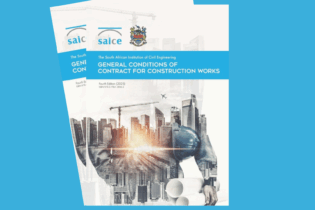He says there are generally many misconceptions – and inadequate assessment ratings in place – when it comes to establishing true sustainability in the built environment.
Real sustainability “The Green Star system of the Green Building Council in South Africa and the LEED system in the USA, for example, award points for various sustainability initiatives during the design and life of the building. Unfortunately, this incentive often leads to chasing points for a particular rating rather than concentrating on real sustainability.’’ Perrie says aiming for zero levels in primary energy consumption, carbon emissions during construction, waste and water consumption, coupled with the total elimination of unsustainable building materials, would be more appropriate sustainability measures. “This has now become the quest of a few major corporations globally and, to me, is a far more pragmatic approach as it focuses on sustainable issues by setting targets rather than just scoring points. The ‘zero’ target may not be easy to achieve but it is a worthwhile target to strive for.” ‘Use phase’ The Concrete Institute also believes that not enough attention is being paid to the “use phase’’ of a building or structure, which stretches from the initial extraction/production/construction phase right through to the end of life of the structure. “Research has shown that the long-term, cumulative benefits of considering the whole life cycle of structures are staggering. This is a factor that simply cannot be ignored when it comes to assessing true sustainability in building,” Perrie concludes.
Concrete has a low embodied energy which is an important factor for “green building”, says Bryan Perrie, managing director of The Concrete Institute.
Perrie says embodied energy is the energy consumed for the raw material extraction, transportation, manufacture, assembly, installation, disassembly and demolition of a product system over the duration of the product’s life. In the case of concrete, the embodied energy as a result of these processes is low and the total energy – when full life-cycle analysis is assessed – also low.
Concrete is not cement
“The current average worldwide consumption of concrete is about one ton per year for every living human being which, cumulatively, is massive. It should, right at the outset, be remembered that buildings are not constructed out of cement but rather from concrete, of which cement is but one ingredient. While the embodied energy of a pure cement is very high at around 900kg/ton, when used in concrete with secondary materials, the embodied energy of concrete can be as low as 90kg/ton.
“In any event, the concern about cement’s environmental footprint also stems from ignorance. Despite the extensive use of concrete in the world, worldwide, the cement industry only accounts for about 5% of man-made carbon dioxide emissions: about 40% of this comes from burning coal and 60% from the calcination of limestone, ‘’ Perrie states.








